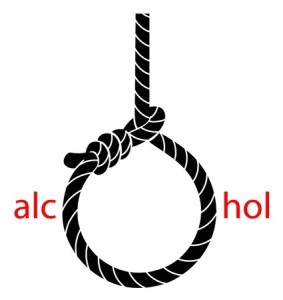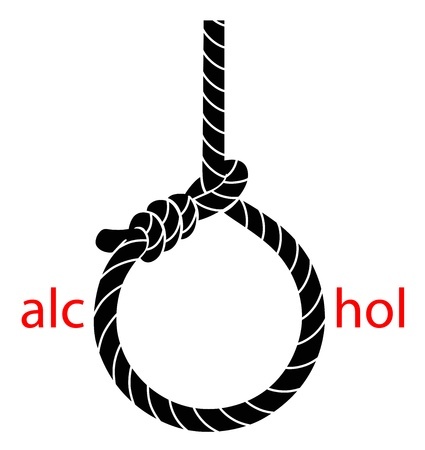
Okay, I’ve heard a few wild stories over the years from individuals trying to explain why they really didn’t use drugs or alcohol, despite what the urine screen or breathalyzer said. The tennis star, Richard Gasquet, claimed his positive drug test for cocaine was because he kissed a woman. And he was believed! So when someone insisted they didn’t drink any alcohol when they were arrested for a DUI with a BAL over .30—verified by blood work at a hospital—I was convinced that was a lie. The person insisted they only drank Gatorade. Their best guess was there must have been alcohol in the Gatorade bottle, although why they didn’t taste any as they chugged it was never explained. But then I heard about Auto-Brewery Syndrome.
The condition has been known to exist for several decades. The first cases reported in the scientific literature appeared in the 1970s. There have been sporadic reports of Auto-Brewery Syndrome or Gut Fermentation Syndrome over the years. A google search I did for “auto brewery syndrome pubmed” drew over 28,000 hits. There was a 2013 article by Cordell and McCarthy in the International Journal of Clinical Medicine that reviewed the history of the disorder and then presented a well-documented case of a 61 year-old man who had Auto-Brewery Syndrome.
This disorder has a few other names besides the two noted above. It is also called Drunkenness Disease and Endogenous Ethanol Fermentation. I like Auto-Brewery, with Drunkenness Disease as a close second. It is a syndrome where patients become intoxicated without ingesting alcohol. Cordell and McCarthy said: “The underlying mechanism is thought to be an overgrowth of yeast in the gut whereby the yeast ferments carbohydrates into ethanol.”
There is some evidence that unusual fermentation can occur with high fiber diets, the use of ampicillin and the ingestion of a dietary supplement, prebiotic inulin. An experiment by Bivin and Heinen combined five infant food formulas with four common yeasts and found that all the mixtures produced ethanol. The yeast producing the highest ethanol content was Saccharomyces cerevisiae, also known as brewer’s yeast.
In January of 2010, a 61 year-old man presented with a five-year history of unexplained intoxication. After surgery for a broken foot in 2004 and treatment with antibiotics, he began to seem excessively intoxicated after only having two beers. His wife, who is a nurse, began to use a breathalyzer to measure this phenomenon. His blood alcohol percent was as high as .33 to .40. The episodes of intoxication were more frequent when he missed a meal, after exercising, or when he had ingested alcohol the night before. Over time, his episodes of intoxication increased in severity and frequency.
In November of 2009, the subject was taken to the Emergency room on a day when he had not ingested alcohol. In the ER, his blood alcohol concentration was 371 (0.37%). He was admitted to the hospital for 24-hour observation and treated for severe alcohol intoxication. The physicians were not aware of any way that a person could be intoxicated without ingesting alcohol and therefore believed he must be a “closet drinker”.
In April of 2010 he was admitted to the hospital for a 24-hour observation period. His belongings were searched to verify that he didn’t have any alcohol with him and no visitors were allowed during the 24-hour period. A glucose challenge test was done and he was fed a high carbohydrate diet. His blood alcohol levels were checked regularly through blood being drawn and the use of a breathalyzer. At one point, his BAC rose to .12 in this controlled condition. The authors believe he had “Gut Fermentation Syndrome.” Although it is rare, they urged that it be recognized because of social implications, such as potential job loss, relationship problems, and even possible arrest and incarceration.
It would behoove health care providers to listen more carefully to the intoxicated patient who denies ingesting alcohol. Gut Fermentation Syndrome warrants additional investigation to determine which organisms induce symptoms and what definitive tests should be conducted to confirm diagnosis.
So you can see where this is going, right? Recently a New York State judge dismissed a drunk driving charge against a 35-year old teacher who lives in Hamburg, a town south of Buffalo. A U.S. News & World Report article indicated the woman had a .33 BAC at the time of her arrest. She spent $7,000 working with a specialist, Dr. Anup Kanoda of Ohio, to show her body could meet the legal definition of drunkenness without actual alcohol intake. The local prosecutor’s office plans to appeal the judge’s decision.
The woman’s lawyer had her monitored by a physician and two nurses for a full day to prove she drank no alcohol, yet she had a .36 BAC, according to a report in The Fix, about the same case. The woman also bought a breathalyzer and blew into it for 18 straight nights, recording an average of .20 BAC each night. Jonathan Turley, a law professor at George Washington University said it’s not really a get-out-of-jail-free card, although it seems so at first glance. “Courts tend to be skeptical of such claims. You have to be able to document the syndrome through recognized testing.” Turley added that the woman’s defense was only valid because she was not aware that she had auto-brewery syndrome.
Dr. Kanoda said he thought between 50 and 100 people have been diagnosed with the disorder. He thought it likely that up to 95% of those who have Auto-Brewery Syndrome don’t know they have it. “I would say it is not safe to drive a car if you are in an auto brewery syndrome flare.”
So back to my possible close encounter with Auto-Brewery Syndrome. It just so happened that I first heard about this syndrome before the person was sentenced for DUI. I told them about it and urged them to tell their attorney and have some tests done. Their attorney supposedly didn’t think the claim would be worth investigating and the individual was found guilty of DUI. Yet to this day, they have asserted they did not drink any alcohol before passing out at a park and waking up at the hospital.





